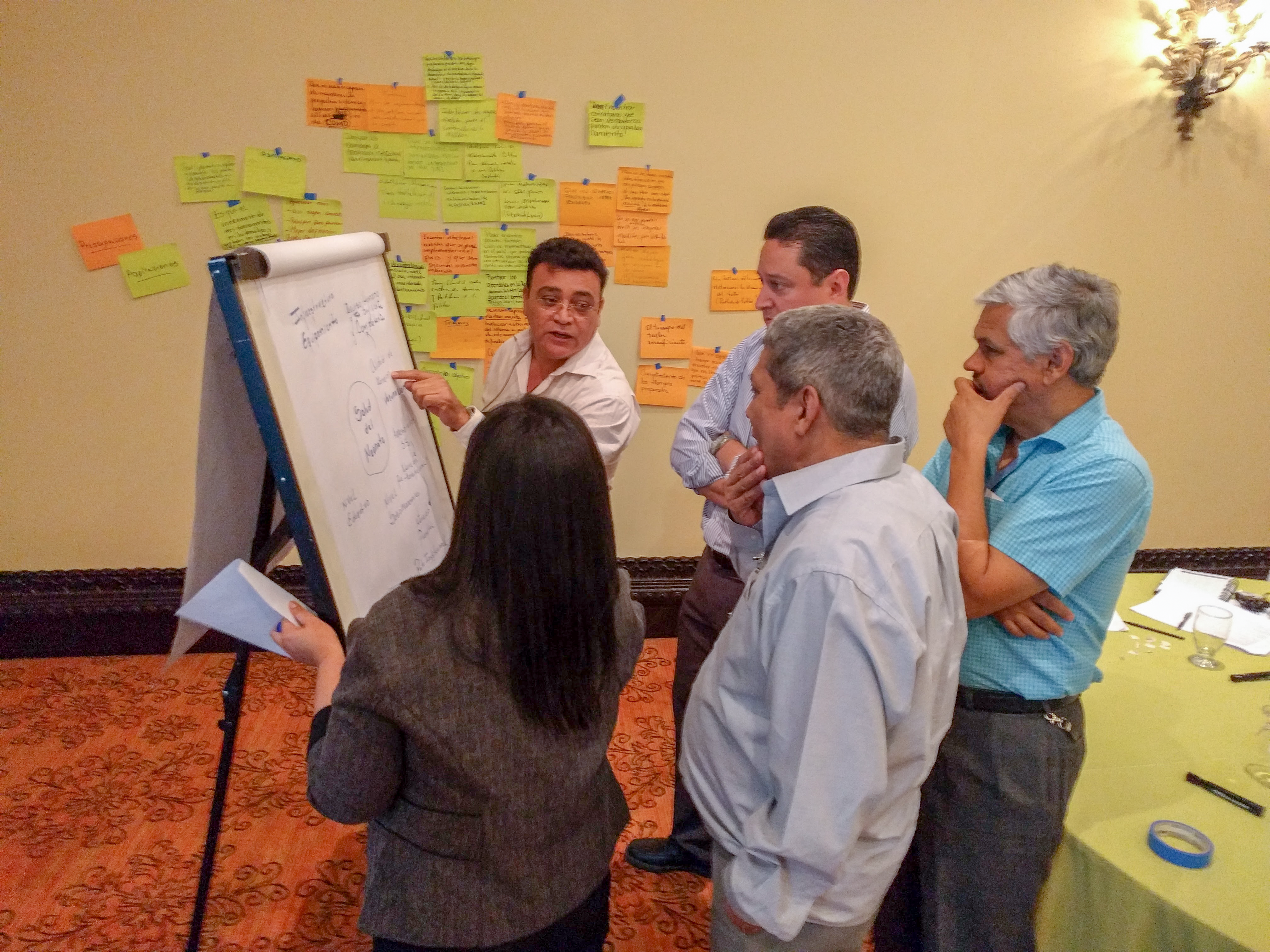How can Honduras improve trends in neonatal & maternal mortality?

Health care leaders in Honduras were interested in accelerating the declines in maternal and neonatal mortality. While there have been gains in reductions of maternal mortality over the last 10 years, leaders were concerned about how not only to sustain this trend, but more importantly, find ways to accelerate the reduction in maternal and neonatal mortality rates. Working with the Inter-American Development Bank through the Salud Mesoamérica Initiative (SMI), the SMI Coordinating Unit collaborated with the Social System Design Lab (SSDL) and health care leaders in Honduras to develop a system dynamics computer simulation model of maternal and neonatal health. The model included both the demand side and supply side dynamics of modern contraceptive practices (MCP), antenatal care (ANC), institutional delivery (ID), and postpartum/postnatal care (PPC). Leaders were able to experiment with different combinations of interventions and identify promising high leverage strategies. As a result, the Ministry of Health and IDB decided to focus on designing and developing capabilities for improving quality improvement initiatives (QI+).
Project Goals
- Identify ways the Government of Honduras can accelerate the reduction in maternal & neonatal mortality.
- Develop a system dynamics computer simulation model of maternal and neonatal health to identify promising interventions and high leverage strategies that can be used to accelerate the reduction in maternal and neonatal mortality in Honduras.